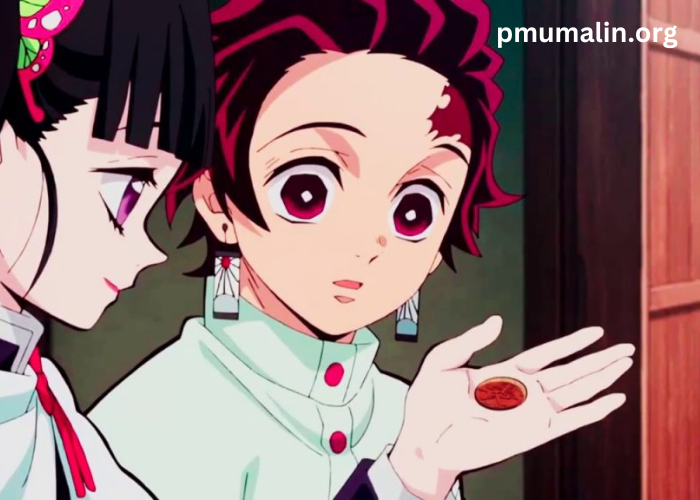Hentai, a genre of Japanese anime and manga that features explicit sexual content, has evolved significantly since its inception. This genre, which often features exaggerated and fantastical depictions of sexual acts, has had a profound impact on both Japanese and global pop culture. This article delves into the historical development of hentai, its evolution over the decades, and its cultural implications in modern media. Explore a wide collection of high-quality hentai content on Hentai3z. Enjoy a variety of genres and categories to satisfy your anime cravings.
Historical Context
The origins of hentai can be traced back to early Japanese art and literature, where erotic themes were not uncommon. Shunga, a form of erotic art from the Edo period (1603-1868), is often cited as an early precursor to hentai. These woodblock prints depicted explicit sexual scenes and were widely circulated among the Japanese populace.
The term “hentai” itself originally meant “perverse” or “abnormal” in Japanese. Its use to describe explicit anime and manga content began to solidify in the 1980s and 1990s as the genre became more distinct and popular. The post-war era saw the rise of modern manga and anime, and by the 1970s, explicit content began to find its way into these mediums.
Evolution of Hentai
The 1980s and 1990s marked significant growth for the hentai genre. Technological advancements in animation and printing allowed for more detailed and vivid depictions of erotic content. This period saw the release of influential works such as “Cream Lemon” and “Urotsukidōji,” which not only pushed the boundaries of explicit content but also introduced complex narratives and fantasy elements.
As the internet became more accessible in the late 1990s and early 2000s, hentai experienced another boom. Online distribution allowed for greater anonymity and access, enabling a global audience to explore this genre. Websites dedicated to hentai content proliferated, and the genre began to influence Western animation and pornography, leading to a cross-cultural exchange of ideas and aesthetics.
Cultural Impact
The cultural impact of hentai is multifaceted. In Japan, hentai exists alongside a broader spectrum of adult entertainment and has influenced various aspects of pop culture. It has contributed to the normalization of certain sexual fantasies and fetishes, and its characters and tropes often appear in mainstream anime and manga.
Globally, hentai has sparked both fascination and controversy. In Western countries, it has challenged conventional notions of pornography and raised questions about censorship, freedom of expression, and the ethical implications of depicting certain fantasies. Critics argue that some aspects of hentai, such as the portrayal of non-consensual acts, can be harmful, while proponents claim that it provides a safe outlet for exploring taboo subjects.
Hentai’s influence extends beyond adult entertainment. It has impacted the aesthetics and storytelling techniques of mainstream anime and manga, contributing to the diversification of genres and themes. Elements commonly found in hentai, such as exaggerated character designs and fantastical scenarios, have permeated into various other genres, blurring the lines between adult and mainstream content.
Modern Media and Hentai
In contemporary media, hentai continues to evolve with new technologies and platforms. Virtual reality (VR) and augmented reality (AR) are beginning to be integrated into hentai, offering more immersive experiences. Additionally, the rise of independent creators and platforms like Patreon has democratized the production and distribution of hentai content, allowing for greater creative freedom and diversity.
Social media and online communities also play a significant role in the modern hentai landscape. These platforms facilitate the sharing of fan art, doujinshi (self-published works), and discussions, fostering a global community of enthusiasts and creators. The stigma surrounding hentai is gradually diminishing as it becomes more mainstream and accepted within broader geek and otaku culture.
Conclusion
The evolution of hentai from its historical roots to its current state in modern media reflects broader cultural shifts and technological advancements. Its impact on both Japanese and global pop culture is undeniable, influencing everything from mainstream entertainment to discussions about sexuality and censorship. As hentai continues to adapt to new mediums and audiences, it remains a compelling subject of study for those interested in the intersections of art, culture, and technology.
